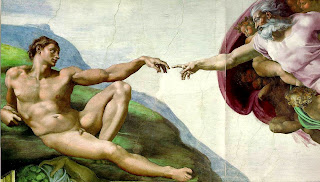
We know the kiss as a form of expressing affection. But long before it became this, it was the custom in many parts of the world to use the kiss as an expression of homage.
In many African tribes the natives kiss the ground over which a chief has walked. Kissing the hand and foot has been a mark of respect and homage from the earliest times. The early Romans kissed the mouth or eyes as a form of dignified greetings. One Roman emperor allowed his important nobles to kiss his lips, but the less important ones had to kiss his hands, and the least important ones were only allowed to kiss his feet!
It is quite probable that the kiss as a form of affection can be traced back to primitive times when a mother would fondle her child, just as a mother does today. It only remained for society to accept this as a custom for expressing affection between adults.
We have evidence that this was already the case by the time of the sixth century, but we can only assume it was practised long before that. The first country where the kiss became accepted in courtship and love was in France. When dancing became popular , almost every dance figure ended with a kiss.
From France the kiss spread rapidly all over Europe. Russia, which loved to copy the customs of France, adopted the kiss and it spread there through all the upper classes. A kiss from Tsar became one of the highest form of recognition from the Crown.
In time, the kiss became a part of courtship. As marriage customs developed , the kiss became a part of the wedding ceremony. Today, of course, we regard the kiss as an expression of love and tenderness. But there are still many places in the world where the kiss is part of formal ceremonies and is intended to convey respect and homage.
-: Thanks :-
-: Thanks :-








